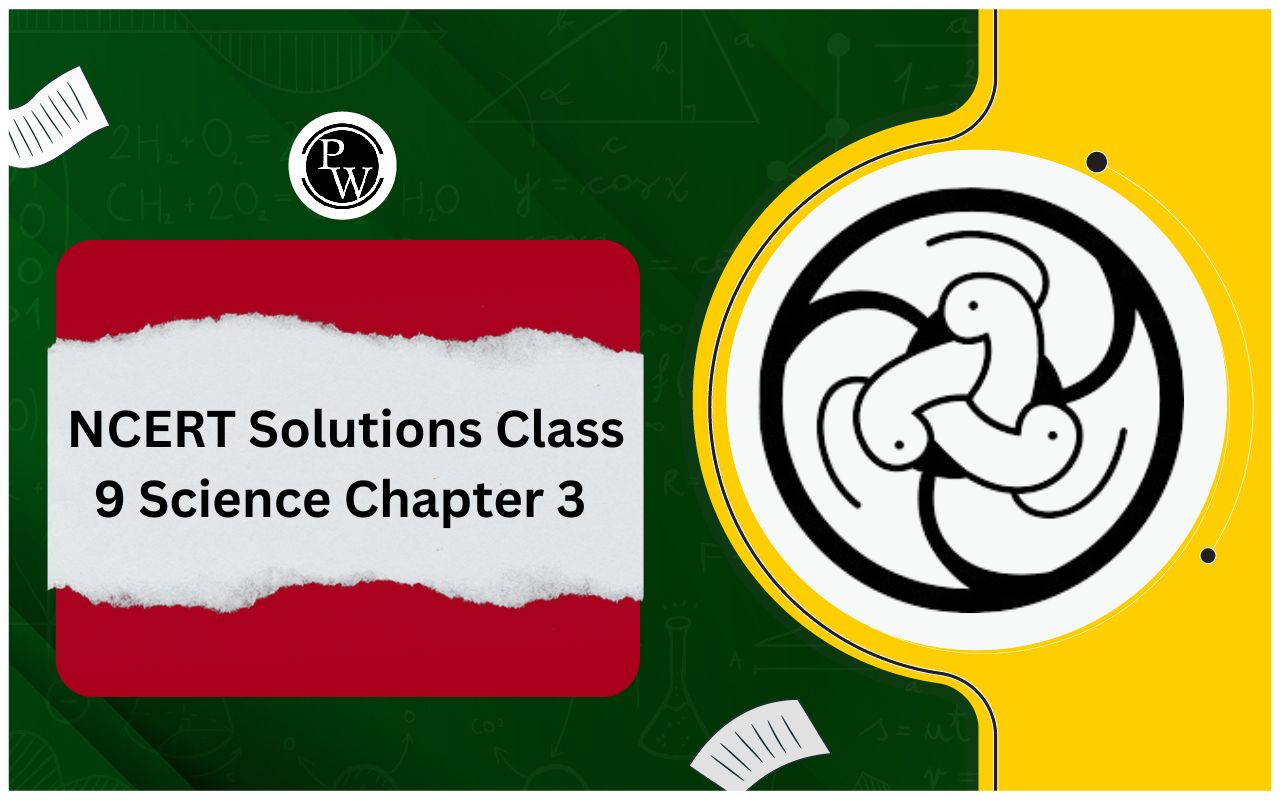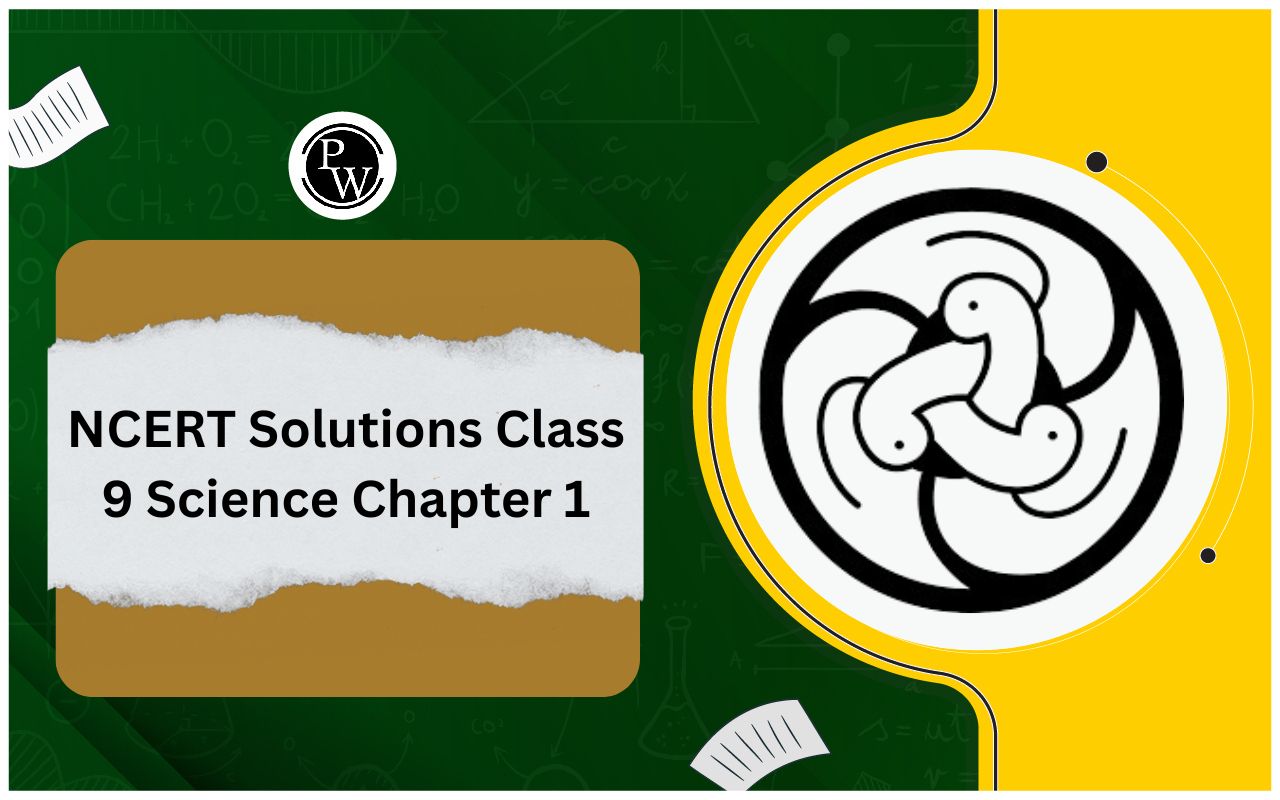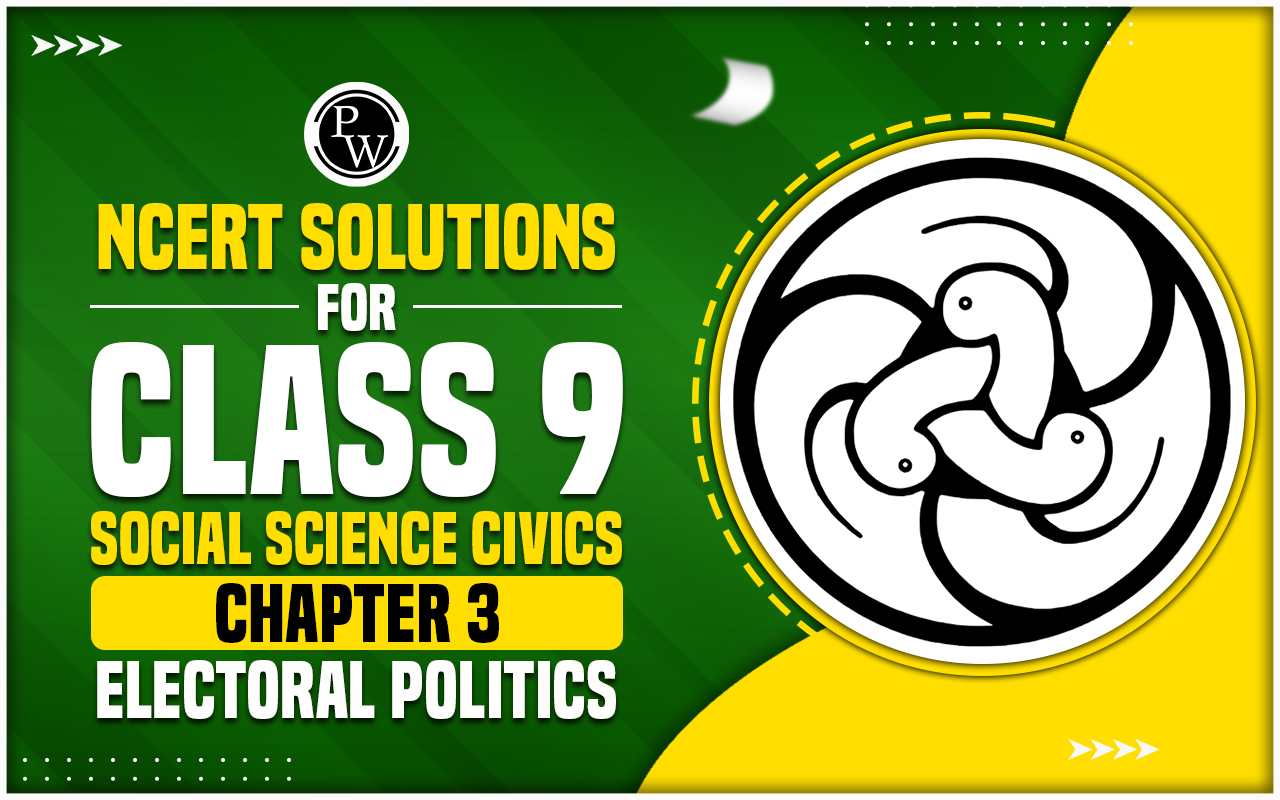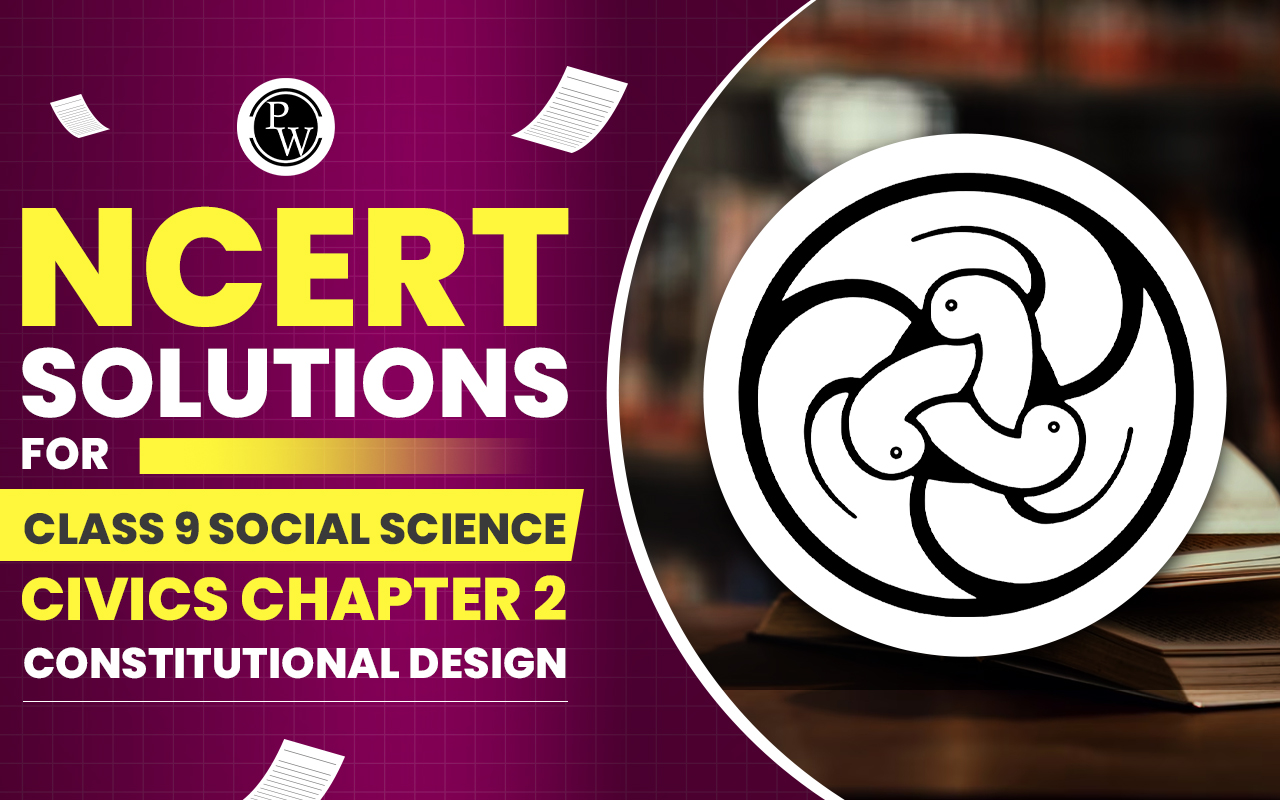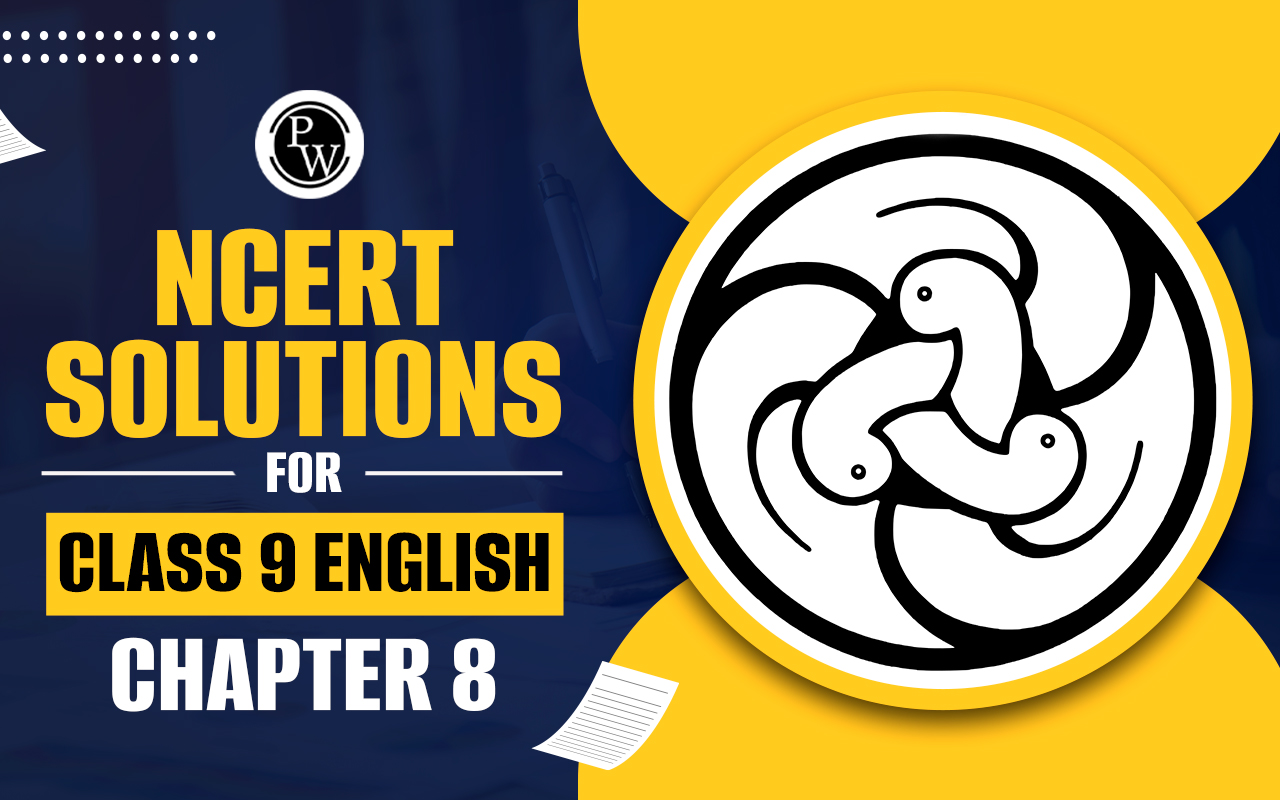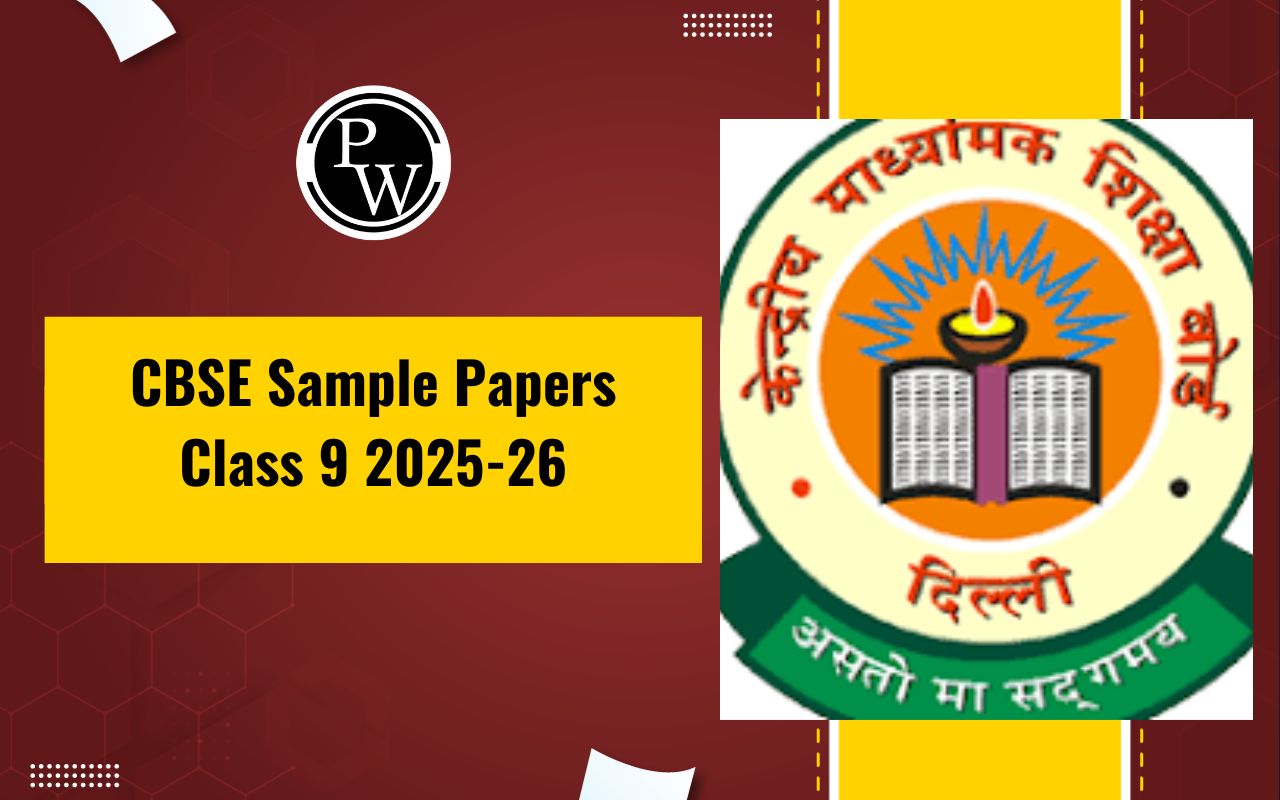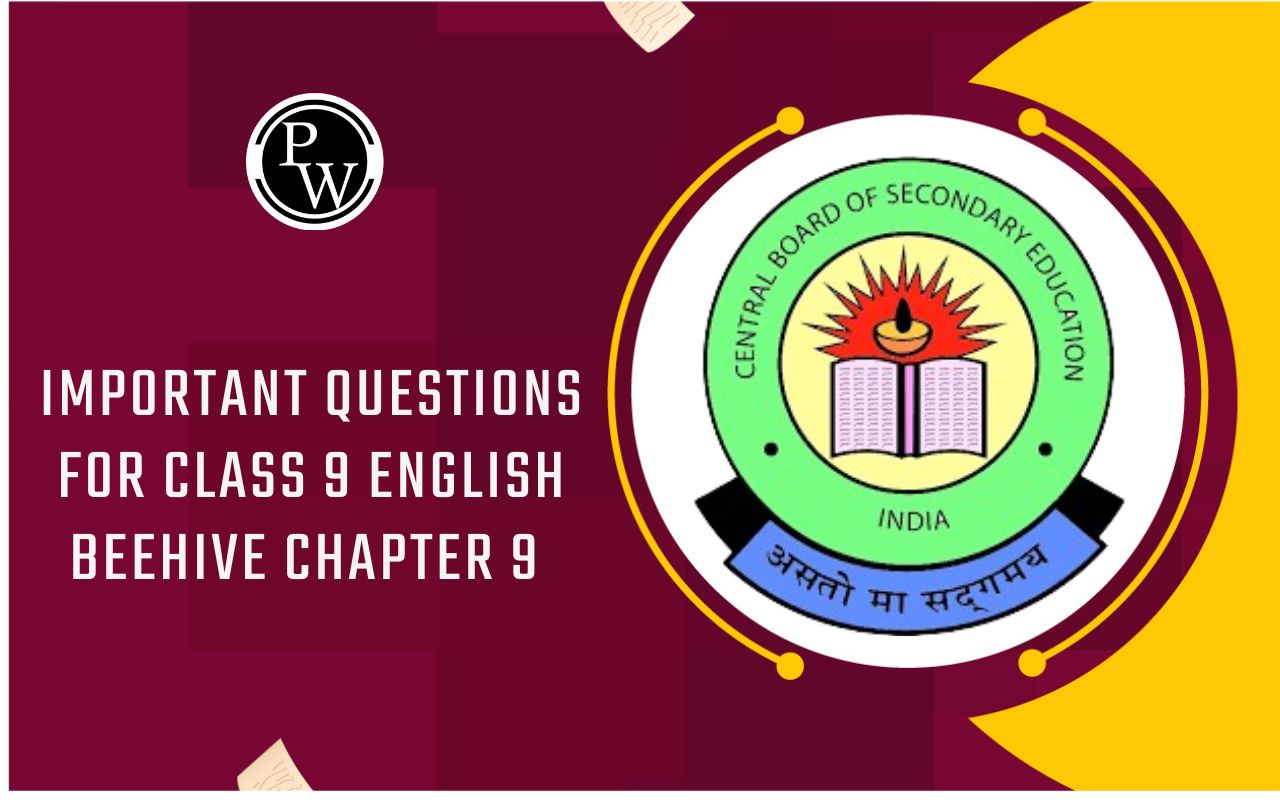
NCERT Solutions for Class 9 History Chapter 2: NCERT Solutions for Class 9 History Chapter 3 provide students with a comprehensive understanding of the historical events discussed in the chapter. This chapter focuses on "Socialism in Europe and the Russian Revolution.
It discusses how socialism emerged in Europe and the events leading to the Russian Revolution. Through simple explanations and examples students can grasp concepts like Nazism, the French Revolution, colonialism, and social revolution. These solutions are based on the latest CBSE syllabus and guidelines, ensuring that students receive accurate and relevant information. By using these solutions students can improve their understanding of history and perform well in their exams.NCERT Solutions for Class 9 History Chapter 2 PDF
Below is the PDF link for NCERT Solutions for Class 9 History Chapter 2. This resource is designed to help students understand the topics covered in the chapter easily. By using this PDF students can learn about "Socialism in Europe and the Russian Revolution" in a clear and straightforward manner. These solutions are bases on the latest CBSE syllabus ensuring that students receive accurate information. Using this PDF link will help students prepare well for their exams and learn history effectively.NCERT Solutions for Class 9 History Chapter 2 PDF
NCERT Solutions for Class 9 History Chapter 2 Socialism in Europe and the Russian Revolution
Exercise Page No. 48
1. What were the social, economic and political conditions in Russia before 1905?
Answer:
Social Condition:
Workers were a divided group. Some had strong links with the villages; others had settled permanently in cities. Workers were divided based on their skills. The division among workers reflected in their dress and manners too.Economic Condition:
Most industries were the private property of industrialists. The government supervised large factories. The industry was found in pockets. Many factories were set up in the 1890s when Russia’s railway network was extended, foreign investment in industry increased, coal production doubled, and iron and steel output quadrupled. Most industries were the private property of industrialists.Political Condition:
Russia was an autocracy. Unlike other European countries, The Tsar was not subject to a Parliament. Liberals in Russia campaigned to end this state of affairs.Socialist Revolutionary Party Struggled for Peasants’ Rights
1905 was the year when the incident of ‘Bloody Sunday’ took place. 100 workers were killed, and about 300 were wounded. Bloody Sunday started a series of events that became known as the 1905 revolution.2. In what ways was the working population in Russia different from other countries in Europe, before 1917?
Answer:
The vast majority of Russia’s population were agriculturists. About 85 per cent of the Russian Empire’s population earned their living from Agriculture. This proportion was higher than in most European countries. In France and Germany, the proportion was between 40 per cent and 50 per cent. Cultivators produced for the market as well as for their own needs, and Russia was a major exporter of grain.3. Why did the Tsarist autocracy collapse in 1917?
Answer:
After 1905, most trade unions and factory committees were declared illegal. There were restrictions on political activity. The Tsar dismissed the first 2 Dumas very quickly because he did not want his authority and powers to be questioned. The third Duma was filled with Conservative politicians. During the 1st world war, the Tsar started taking unilateral decisions without consulting the Duma. While Russian soldiers were retreating from the war, large swathes of agricultural lands were burnt and buildings destroyed by them on the orders of the Tsar. Millions of soldiers also died in the battle. The large majority of the population were peasants, and the land was under the control of a few private people. All these factors led to the rise of revolution and the collapse of Tsar autocracy.4. Make two lists: one with the main events and the effects of the February Revolution and the other with the main events and effects of the October Revolution. Write a paragraph on who was involved in each, who were the leaders and what was the impact of each on Soviet history.
Answer:
Main events of February Revolution:
- In February 1917, there was a shortage of food items in workers quarters.
- On February 23, a lockout took place at a factory on the right bank. The workers in fifty factories called a strike and women played a very critical role in these strikes.
- On February 25, the government suspended the Duma.
- On February 27, Police headquarters were ransacked, people were demonstrating and raising slogans about bread, wages, better hours and democracy.
- Petrograd Soviet was formed.
- The Tsar abdicated in March 1917, bringing an end to the Monarchy.
- Soviet leaders and Duma leaders formed a Provisional Government to run the country.
Effects of the February Revolution:
- Restrictions on public meetings and associations were removed.
- ‘Soviets’ like the Petrograd Soviet, were set up everywhere, though no common system of election was followed.
- The number of trade unions increased.
- In Industrial areas, factory committees were formed to question the way industrialists ran their factories.
- Soldiers’ committees were formed in the Army.
- The Bolsheviks’ influence kept growing, and the provisional government saw its power reducing.
- Land committees were formed to handle redistribution of land, which was a popular demand for peasants and their socialist revolutionary leaders in the countryside.
Main events of the October Revolution:
As the conflict between the provisional government and the Bolsheviks grew, Lenin feared the Provisional Government would set up a dictatorship. Lenin began discussions for an uprising against the government. Bolshevik supporters in the Army, Soviets and factories were brought together. On 16th October 1917, Lenin persuaded the Petrograd Soviet and the Bolshevik Party to agree to a socialist seizure of power. A military revolutionary committee was appointed by the Soviet under Leon Trotsky to organize the seizure. The uprising began on 24th October 1917. Military men who were loyal to the government seized the buildings of two Bolshevik newspapers. Pro-Government troops were sent to take over telephone and telegraph offices and protect the Winter Palace. In retaliation, the Military Revolutionary Committee ordered its supporters to seize government offices and arrest ministers. A ship named Aurora bombed the Winter Palace, other ships sailed down the Neva and took over various military positions. By the end of the month, the city was under the control of committee and ministers had resigned. By December, Bolsheviks controlled the Moscow-Petrograd area.Effects of the October Revolution.
- Industries and banks were nationalised by November 1917; Government took over ownership and management.
- The land was declared social property and peasants were allowed to seize the land of the nobility.
- In the cities, the Bolsheviks enforced the partition of large houses according to family requirements.
- Old titles of the aristocracy were banned.
- New uniforms were designed for the army and officials.
- Bolshevik Party was renamed as the Russian Communist Party (Bolshevik)
- Bolsheviks conducted elections to the constituent assembly; however, they failed to attain the majority. The assembly rejected the Bolshevik measures, and Lenin dismissed the assembly.
- All Russian Congress of Soviets became the Parliament of the country. Russia became a one-party state.
- Trade unions were kept under party control. The Secret Police punished anyone who criticised the Bolsheviks. Many young artists and writers continued to support the Party, as it stood for Socialism.
- Many experiments were done in Arts and Architecture. But many were unhappy because of the censorship.
5. What were the main changes brought about by the Bolsheviks immediately after the October Revolution?
Answer:
- Industries and banks were nationalised by November 1917; Government took over ownership and management.
- The land was declared as a social property and peasants were allowed to seize the land of the nobility.
- In the cities, Bolsheviks enforced the partition of large houses according to family requirements.
- Old titles of the aristocracy were banned.
- New uniforms were designed for the army and officials.
- Bolshevik Party was renamed as the Russian Communist Party (Bolshevik)
- Bolsheviks conducted elections to the constituent assembly; however, they failed to attain the majority, Assembly rejected the Bolshevik measures, and Lenin dismissed the assembly.
- All Russian Congress of Soviets became Parliament of the country. Russia became a one-party state.
- Trade unions were kept under party control, the Secret Police punished anyone who criticised the Bolsheviks. Many young artists and writers continued to support the Party as it stood for Socialism.
- Many experiments were done in Arts and Architecture. But many artists were unhappy because of the censorship.
6. Write a few lines to show what you know about:
Kulaks
Answer:
- Wealthy peasants who Stalin believed were hoarding the grains to gain more profit.
- When the towns faced acute shortage of grains, Kulaks were thought to be responsible for it.
- Stalin thought it was necessary to eliminate them so that farms could be modernised.
The Duma
Answer:
In 1905, Tsar allowed the creation of an elected consultative Parliament or Duma. The Tsar dismissed the first Duma within 75 days and re-elected the second Duma within three months. The Tsar did not want anyone to question his authority or undermine and reduce his powers. The Tsar changed the voting laws and packed the Third Duma with conservative politicians. Liberals and revolutionaries were kept out.Women workers between 1900 and 1930
Answer:
- Their wages were less than the wages of men.
- They formed 31% of the factory workforce.
The Liberals
Answer:
- They considered all religions as equal.
- They believed only men who have property had the right to vote
- They wanted an elected form of Parliamentary governance.
Stalin’s collectivisation programme.
Answer:
- He began this programme in 1929.
- He believed this programme would help in improving grain supplies.
- All peasants were forced to cultivate in collective farms called ‘Kolkhoz’.
- On the contrary, this worsened the food supply situation.
NCERT Solutions for Class 9 History Chapter 2 Summary
In this chapter, students will learn about the following topics:The Age of Social Change
- Liberals, Radicals, and Conservatives
- Industrial Society and Social Change
- The Coming of Socialism to Europe
- Support for Socialism
The Russian Revolution
- The Russian Empire in 1914
- Economy and Society
- Socialism in Russia
- The Turbulent Time: The 1905 Revolution
- The First World War and the Russian Empire
The February Revolution in Petrograd
- After February
- The Revolution of October 1917
What Changed after October?
- The Civil War
- Making a Socialist Society
- Stalinism and Collectivisation
The Global Influence of the Russian Revolution and the USSR
| CBSE Class 9 Maths Syllabus | CBSE Class 9 Science Syllabus |
| CBSE Class 9 Computer Application Syllabus | CBSE Class 9 Hindi Syllabus A |
| CBSE Class 9 English Syllabus | CBSE Class 9 Social Science Syllabus |
NCERT Solutions for Class 9 History Chapter 2 FAQs
What is socialism?
What were the main causes of the Russian Revolution?
Who were the Bolsheviks?
What was the significance of the February Revolution in Petrograd?

